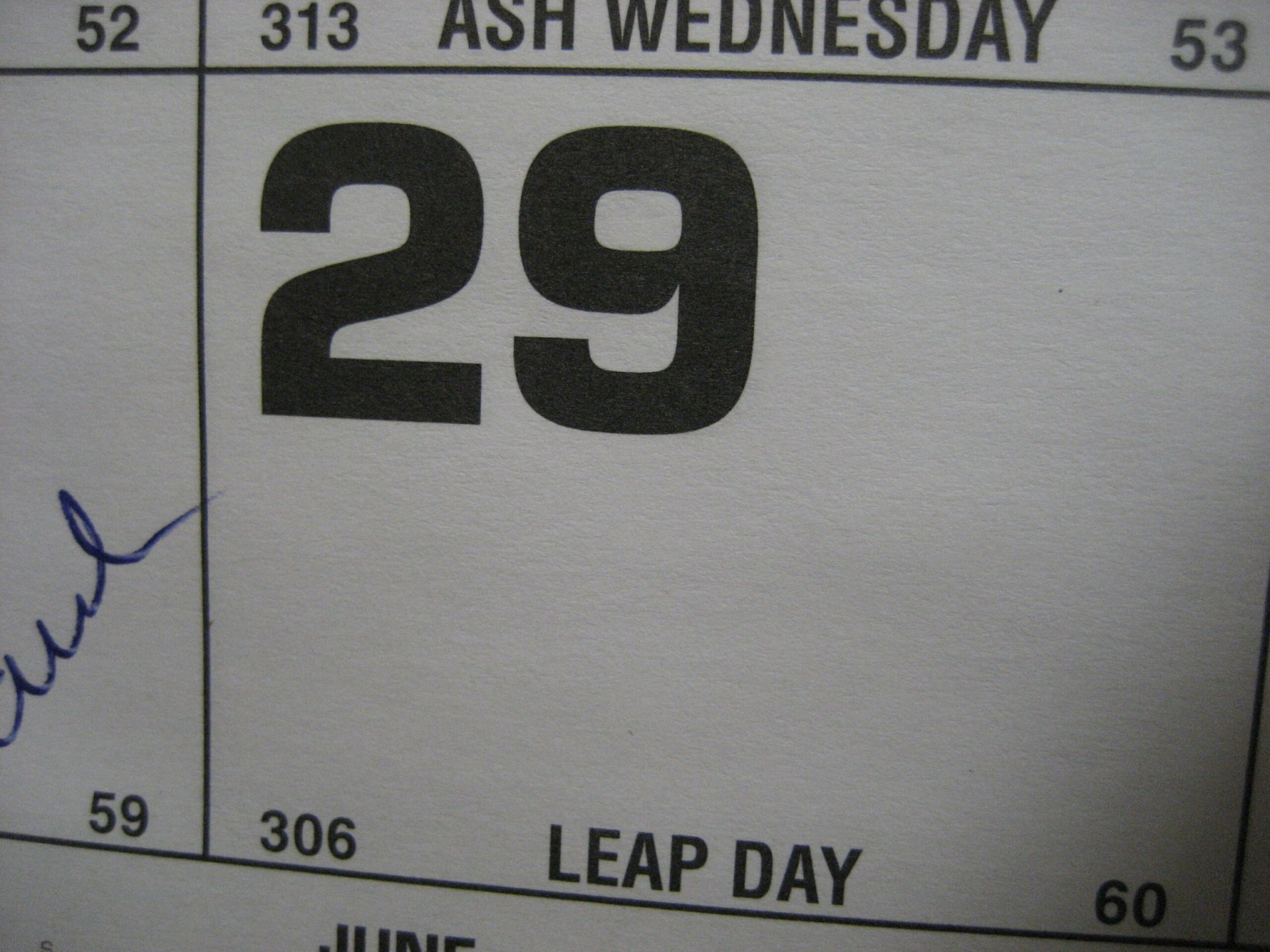


Usually, we don’t think that much about calendars. Sure, we think about our calendars, filled with our dentist appointments and meetings and birthdays, but we don’t give a lot of thought into how and why our days our divided up the way they are. The one glaring exception is leap year, the annual ritual every four years where we shove an extra day into February, giving most of us an extra, yet completely normal day of the year.
Why do we have the leap day? It all comes down to our rotation around the sun, a journey that takes approximately 365 and a quarter days. As Neil deGrasse Tyson explained on Twitter and in a new video today (above), normally, “We just ignore that quarter day. We sweep it under the rug. For three years.” Then, every four years, we add on an extra day.
But then it gets weird. As Tyson explains, adding in an extra day every 4 years is kind of overkill. So, to get us back on the right track, we skip leap year once every 100 years, at the turn of the century. But then, that’s an over-overcorrection. So to correct the correction, in century years evenly divisible by 400, we add the leap year back in, which is why the year 2000 had a leap day, even though it was a turn of the century year.
We’ve been doing this weird dance since Pope Gregory XIII started using the Gregorian calendar in 1582. Some people have proposed alternatives but it’s doubtful they’ll catch on anytime soon.
For most of us, Leap Day is just a weird quirk of the calendar, but people born on February 29 might view it slightly differently, especially if they’re indentured to pirates:

Enjoy your leap day!
